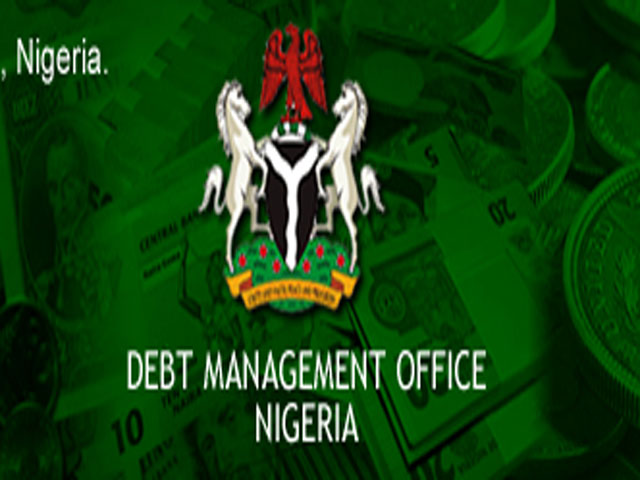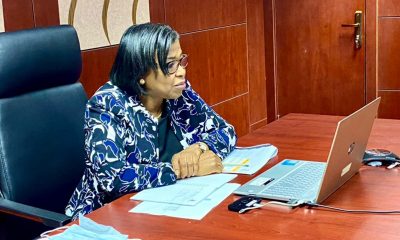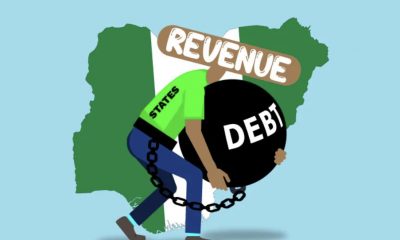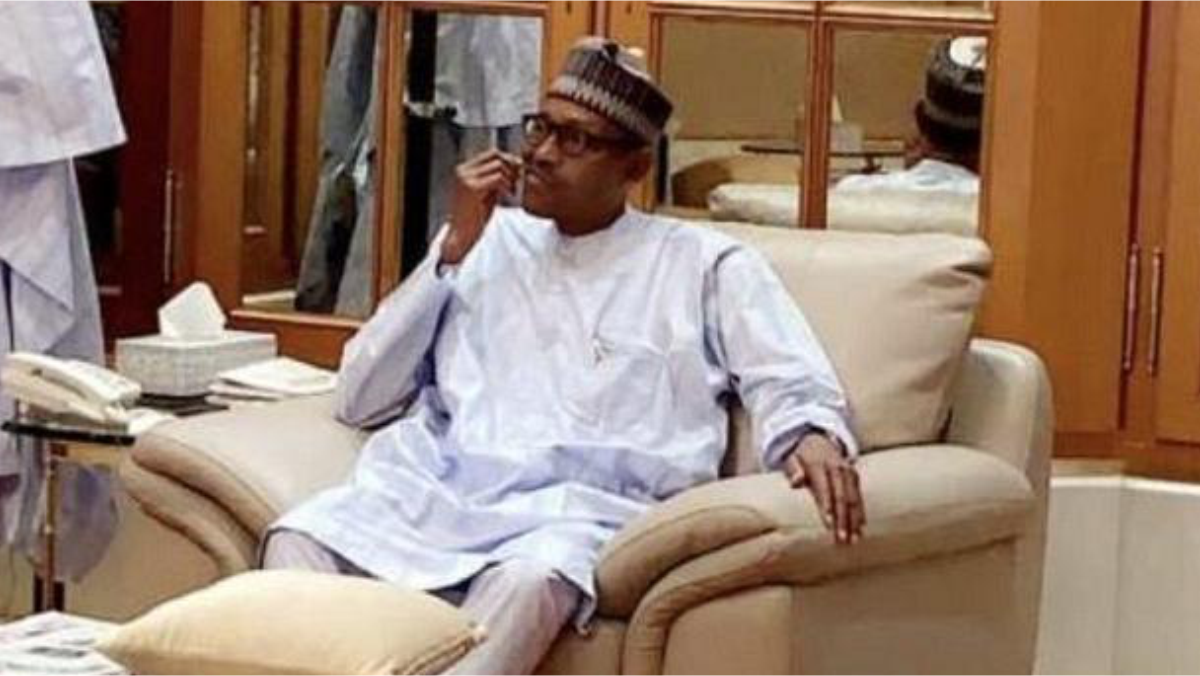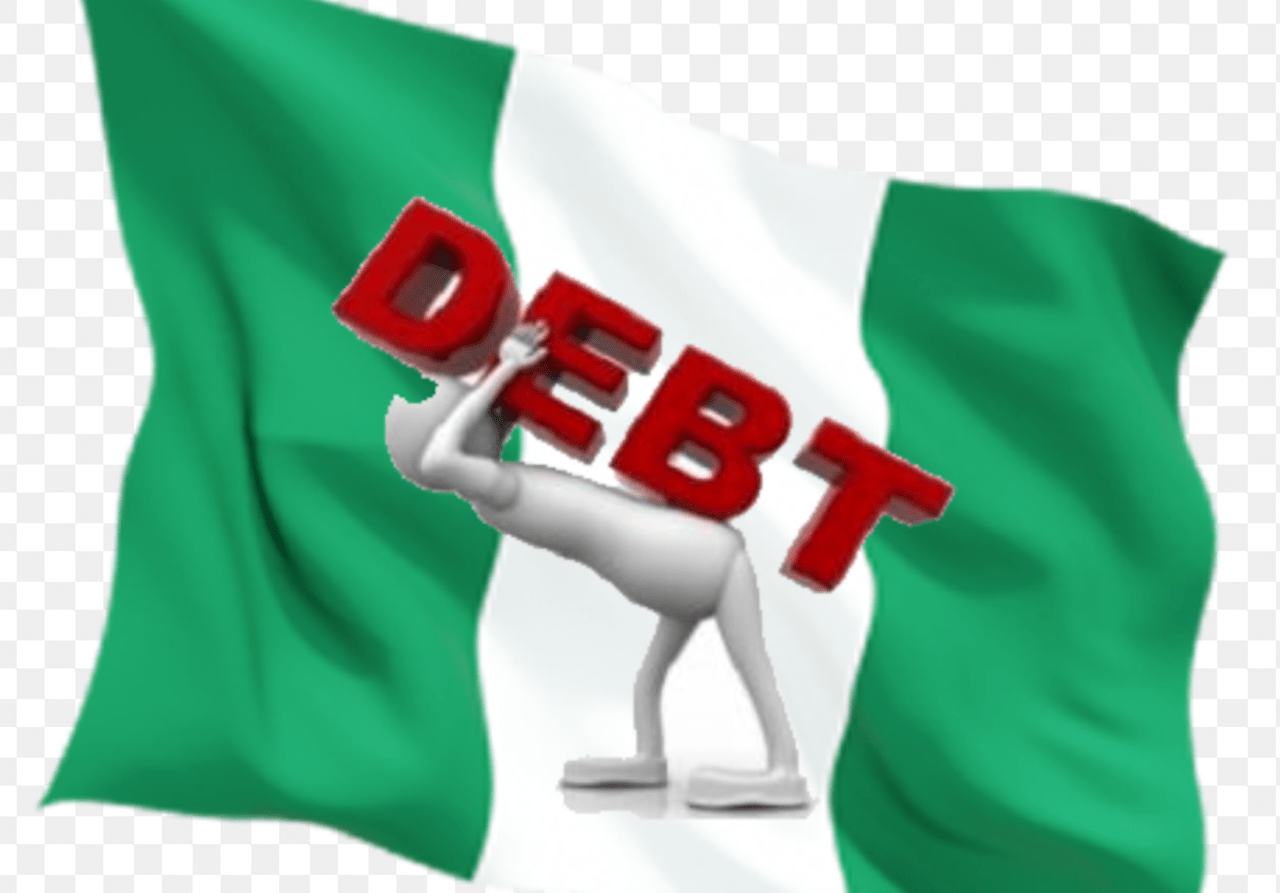By Odunewu Segun
On the 5th of September 2017, the Debt Management Office (DMO) declared that the nation’s total debt; both Domestic and Foreign debt stood at NGN19.64tn as at 30th June 2017.
Although the DMO has again assured us that Nigeria “is not at risk”, and that there is still no “cause for alarm”, this assurance is not reassuring enough.
On the contrary, the continuing increase in the nation’s indebtedness is troubling. If not properly managed, the skyrocketing debt portends an even gloomier future for our ailing economy. This is in view of the borrowing pattern of the states and the Federal Government.
Even though the debt ratio to GDP is still within the acceptable international threshold, our worry is that the culture of fiscal frugality and discipline has not taken root at all levels of government in the country. This is what is responsible for the spiraling of our indebtedness in the last three years.
For instance, in its 2013 Annual National Debt Sustainability Analysis report, the DMO said Nigeria’s total public debt had risen from N6.25trn ($40.1bn) in 2010 to N9.04trn ($58.04bn) by the end of 2012. The figure for 2012 is N1.3trn higher than that of 2011.
ALSO SEE: Nigeria’s foreign debt increases by 40% under Buhari
Compared with the current NGN19.64 debt, the implication is that both the federal and state governments have been borrowing so much with little to show for the credit facilities taken. The present debt stock is disturbing.
The latest debt figure should be seen as a warning for all levels of government to be prudent in the management of their loans, whether taken internally or externally.
According to the DMO, the four most heavily indebted states are Lagos, Kaduna, Cross River and Ogun, with each having taken over $100 million external loan. These four states and Oyo account for about 51 percent of the 36 states’ total external debt, with Lagos State at the top of the list.
ALSO SEE: These states debt burden worsen under their governors
Although the government has deployed strategies to boost revenue generation such as the Voluntary Assets and Income Declaration Scheme and community tax sensitization, National Daily findings shows that the country is still having constrained growth in revenue leading to even higher debt levels.
The government has been unable to meet their capital project commitments in the year due to declining revenue. This suggests the need to increase borrowings in the rest of 2017. Hence, any option to hike MPR would further increase the cost of borrowing.
Nigeria is indebted to key multilateral financial institutions. These include the World Bank, African Development Bank (AfDB), Exim Bank of China, the French Development Agency and the Eurobond.

 Latest3 days ago
Latest3 days ago
 Latest2 days ago
Latest2 days ago
 Latest2 days ago
Latest2 days ago
 Business5 days ago
Business5 days ago
 Comments and Issues4 days ago
Comments and Issues4 days ago
 Energy4 days ago
Energy4 days ago
 Latest5 days ago
Latest5 days ago
 Politics5 days ago
Politics5 days ago
